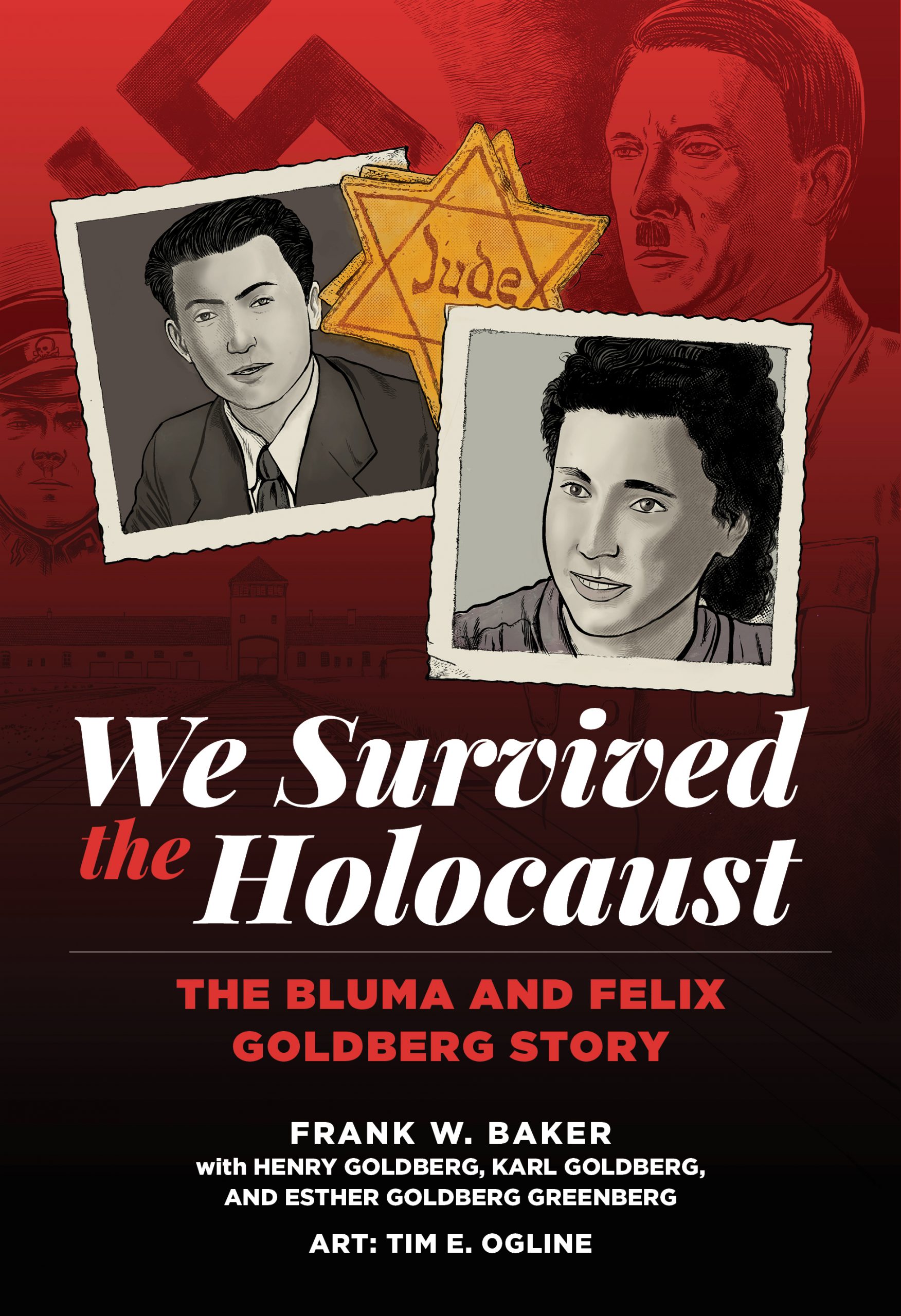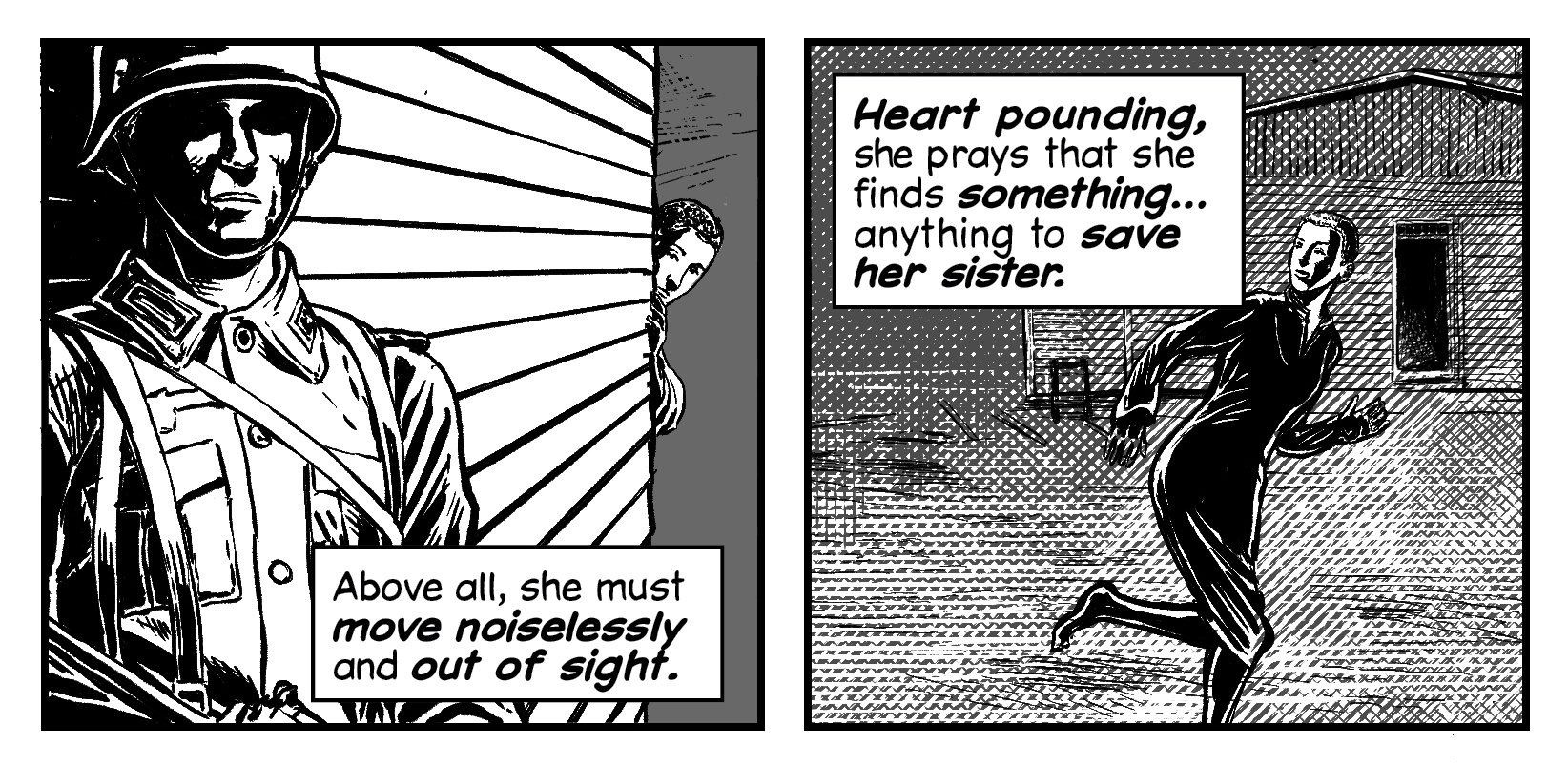What Does Media Literacy Have To Do With The Holocaust?
by Frank W Baker/October 2022
What do you know about the Holocaust? Where did you learn it? Was it from a textbook, a film, a documentary, listening to a survivor’s testimony, a museum?
Now think for a moment about today’s young people—many of whom do NOT receive their news and information from the same RELIABLE sources that we have come to depend upon. Nor do they always think critically about the source of what they read–much of it on social media. Today, unfortunately many are exposed to posts about Holocaust denial and anti-semitism on these platforms. [See, UNESCO social media study exposes virulent Holocaust denial and distortion]
A recent survey revealed that many young people are lacking in essential knowledge about the Holocaust. That was brought home last April by a high school student, who related her Holocaust education experience. In a widely-disseminated commentary, the student confirmed that in her classroom, she was exposed to just one slide (about concentration camps) and one handout. No wonder, she wrote, her generation is lacking knowledge.
I inquired of a HISTORY teacher I know: “why do you think the Holocaust gets short shrift in instruction.?” Her answer: time. She said we don’t have the time to do the subject justice. But another colleague of mine disagreed: he said, it’s not time, it’s just that they haven’t made teaching it a PRIORITY.
How we reach and teach young people today about this critical period in WORLD HISTORY is important. My experience tells me that most textbooks give scant coverage to the Holocaust. I believe that is why there are so many Holocaust education initiatives in the US and around the world—they want to FILL THE GAP. [see my recent blog post 12 Ways to Teach Students About The Holocaust.] Innovative educators know they must embrace and use the media that young people attend to today, and that includes the graphic novel.
A NEW APPROACH: THE GRAPHIC NOVEL
Many of you may be aware that I’ve just written and published a “graphic novel” (WE SURVIVED THE HOLOCAUST) about Holocaust survivors from Columbia SC (my hometown). The YA (young adult) novel is designed to appeal to both middle and high school students—since the Holocaust falls most commonly in the secondary education teaching standards. We see our book as a new and innovative approach to reach young people with a compelling story, one with facts and evidence: THESE WERE REAL PEOPLE who miraculously survived Hitler’s Final Solution.
Writing this book was a “labor of love” (the introduction in the book elaborates on this) and it required conducting quite a bit of research. As I began the process, I gathered those resources I knew were already available and started to write, with the family’s approval, the incredible story of Bluma & Felix Goldberg.
TEACHER GUIDE COMPANION TO “WE SURVIVED THE HOLOCAUST”
I am most proud that my colleague Hannah Baker (no relation) has created an extensive and comprehensive teacher guide to our graphic novel with engaging lessons and activities. Kudos to our publisher, Imagine & Wonder, for providing it as a FREE download for educators. Go here to register for the FREE Guide.
RESEARCH
Many of today’s students are engaged in research every day. They have a topic that they must explore. They must decide if the source of that information is reliable and worthy of citation. That process is actually INFORMATION literacy.
October 24-28, 2022 is Media Literacy Week in the United States, designed to call attention to the various media literacy efforts around the country.
For me, EVERY week is Media Literacy Week. Every day I apply CRITICAL THINKING and CRITICAL VIEWING to what I read, watch and consume. And it is imperative, in the age in which we live, that ALL of us employ these same skills. But teaching media literacy skills is NOT WIDELY APPARENT in American classrooms. [See Media Literacy is Desperately Needed in Classrooms.]
For more than 20 years, I have taught media literacy in schools, districts and at conferences. That instruction involved (among other things) analyzing messages for bias and stereotypes; deconstructing ads and marketing messages; analyzing news and media coverage; understanding persuasive and production techniques in film and TV and studying the eye-catching methods that magazines use to get our attention. I created the Media Literacy Clearinghouse, an internationally recognized web site and wrote several books for educators.
As I write this, we are weeks away from the 2022 Fall US midterm elections. Misleading commercials, from politicians and SuperPACS, DOMINATE the airwaves. MILLIONS of dollars have already been spent to position these ads on TV shows in order to reach a specific demographic. Thank goodness there are FACT CHECKERS doing the legwork and reporting on what was accurate and what was not in these persuasive and sometimes influential spots.
Techniques of persuasion are commonplace in today’s advertising messages including those political campaign messages on TV. But how often do educators use these ads to help students see through the messages? I wonder.
THE HOLOCAUST
The Nazi plan to exterminate Europe’s Jewish population is one of the most well documented in our history. Photographs exist from every stage–from roundup, to transport, to work camps, concentration camps and death camps. The Holocaust Enyclopedia deserves mention here as one of the most comprehensive photo collections.
Many of the photos from this era include captions, but in my work as a media educator, I REMOVE THE CAPTION and challenge students to conduct a “close read” analysis of what they see. I recently wrote about the importance of studying Holocaust images for the “Holocaust Remembered” newspaper supplement. See that article here.
This “Explain The Image” worksheet (pg 8 from the Critical Thinking Consortium) is also a useful tool to use with students.
During World War II, the Nazis and their collaborators, used propaganda posters and signs to convince people that the Jews were the reasons for their problems. Those same posters and signs are sometimes used by teachers to help students understand the “techniques of persuasion” aka propaganda techniques. Often Jews were represented as stereotypical caricatures interested only in money and world domination. NOTE: contemporary propaganda surrounds us, but I see scant evidence that today’s teachers are bringing that into the classroom. (See Mind Over Media: Analyzing Contemporary Propaganda.)
During the era of World War II, Nazi leaders used rhetoric to denounce the Jews. Even though “techniques of persuasion” has been replaced in today’s teaching standards by ARGUMENT, there are still opportunities for teachers to engage students in understanding the power of such rhetoric. Here is an activity from the Museum of Tolerance: students are challenged to identity the types of argument used by Hitler.
Some of the contemporary rhetoric we hear from politicians, conservative commentators and the like is eerily similar to what we heard in the 1930s and 1940s. “If we can use a comparison to the Holocaust to recognize the (contemporary) signs of building hatred and bias, then perhaps we can rally people to act, and to make a difference,” writes a blogger for the Times of Israel.
The Washington Post recently chimed in when President Biden used the phrase “semi-facism” in describing MAGA Republicans. They said “the term denotes a movement that reflects many of the same characteristics of fascist ideology (e.g. use of violence, demonization of an outside group, conspiracy mongering.)”
PRIMARY SOURCES: NEWSPAPERS & THE HOLOCAUST
In November 1938, a concerted effort by the Hitler regime resulted in attacks on Jewish owned businesses and synagogues throughout Germany—an effort that has become known as KRISTALLNAHT (literally, night of crystal, or broken glass). Teachers could challenge students to locate photographic evidence and ask students to verify the source.
How was KRISTALLNAHT reported in American and worldwide newspapers? Here is another opportunity for students to read actual accounts of the incidents. (See HISTORY UNFOLDED for a fascinating look at how it was reported.) Using research skills, students may also locate and watch as Holocaust survivors describe in detail what they saw and heard.
Documentarian Ken Burns recently produced “THE US & THE HOLOCAUST” a PBS series in which he examined what the United States knew about the ongoing efforts to exterminate Jews in Europe and what actions the federal government did not take. If your students have not already watched it, it is available here. TEACHERS: Be sure to see FOR THE CLASSROOM (activities, videos, lessons and more)
Now is the time to reinvigorate the teaching of the Holocaust. You, the educator, now have new resources to address this important subject in your classroom at this critical time in American History.
Additional Ideas & Resources
Propaganda & Media Literacy (Lesson Plan, ADL)
Using Media Literacy Skills to Examine The Holocaust (Activity)
Share This Page:




